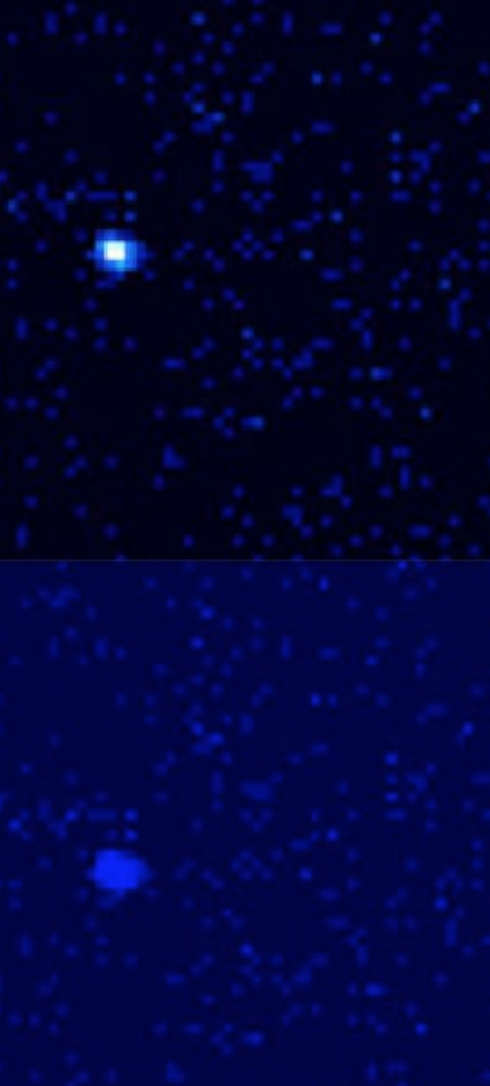Data
You will be redirected to cenamweb.org in 15 second(s). The JINA-CEE website is not updated anymore. The archived website can still be reached through the CeNAM website.
A Lower Limit on the Heat Capacity of a Neutron Star Core

A team of scientists, led by Prof. Andrew Cumming of McGill University, has shown that observations of transient neutron stars can constrain the specific heat of matter at super-nuclear densities, and can thereby give insight into the physics of the neutron star’s core. The specific heat is the amount of energy required to raise the temperature by one degree. When the neutron star accretes matter from a transient, nuclear reactions in the outer layers deposit heat in the core. When accretion halts, the neutron star surface temperature can be measured from the observed spectrum, and the core temperature inferred. Since the amount of heat deposited in the core is known, the core temperature after the accretion outbursts constrains the core specific heat: the larger the specific heat, the smaller the rise in core temperature during the outburst.
The team applied this theory to three neutron star transients—KS 1731-260, MXB 1659-29, and XTE J1701-462—and found that in all cases, the minimum specific heat was a factor of a few less than that expected from a core comprising superfluid neutrons and protons, with electrons providing most of the specific heat. In particular, the team found that the inferred specific heat was too large to accommodate an exotic state of quark matter, called the colorflavor-locked phase in the neutron star core.
Researchers: Andrew Cumming (McGill), Edward F. Brown (MSU), Farrookh J. Fattoyev (IU) , Charles J. Horowitz (IU), Dany Page (UNAM), and Sanjay Reddy (UW/INT)
